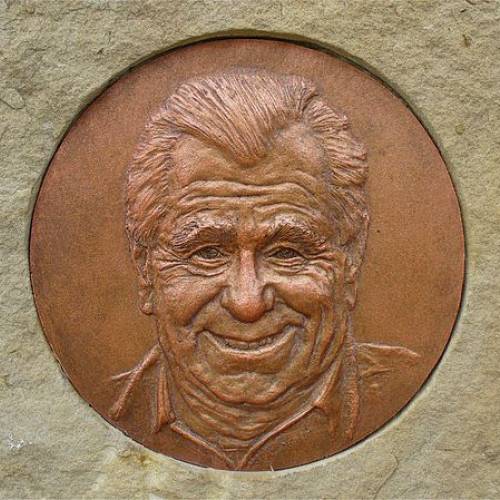 https://heaven.world/en/heinz-sielmann
https://heaven.world/en/heinz-sielmann
Firstname
Heinz
Lastname
Sielmann
Name
Heinz Sielmann
lived from:
1917-00-00
lived until:
2006-00-00
Heinz Sielmann was a world-renowned wildlife photographer, biologist, zoologist and documentary filmmaker.
His first film, in 1938, was a silent movie on birdlife in East Prussia and the Klaipėda Region. Further work was interrupted by the war. He was initially stationed in occupied Poznań, as an instructor at a radio-communications training unit of the Luftwaffe. He was later stationed on Crete, where he already undertook wildlife film work. Following time as a prisoner of war in Kairo and London he started editing the material from Crete in London for a three-part documentary.
Sielmann gained a degree in Biology and specialized in Zoology, in 1940, at the Imperial Posen University.[2], at that time a Germanized University. Later, he was stationed in Crete where he was able to work cinematographically. After the war he began widely recognized work for the Educational Film Institute of the Federal Republic of Germany. His feature film about woodpeckers, "Carpenters of the forest" was a huge success in the United Kingdom when broadcast by the BBC at the behest of David Attenborough. It earned Sielmann the nickname "Mr. Woodpecker".
His work includes award-winning movies like Lords of the Forest, the English version narrated by Orson Welles, Galapagos - Dream Island in the Pacific, Vanishing Wilderness, and The Mystery of Animal Behavior.
All these movies became worldwide successes. During the collaboration on some National Geographic wildlife documentaries in the late 1960s he met Walon Green with whom he worked as additional photographer on the Academy Award-winning documentary The Hellstrom Chronicle about insects in 1971. He was awarded the Royal Geographical Society's Cherry Kearton Medal and Award in 1973. Sielmann was also cinematographer on the American wildlife documentary, Birds do it..., Bees do it... in 1974. His reputation won him a mention on the 1974 Monty Python's Flying Circus episode, Blood, Devastation, Death, War, and Horror.
In 1994 he established the Heinz Sielmann-Stiftung, which has successfully reintroduced beavers and otters in Germany. Another goal of this foundation is to make children aware of nature conservation.
First television work for German Television began in 1956 and his series Expeditionen ins Tierreich broadcast on national German Television from 1965 to 1991 in 152 installments, made him a household name.
Sielmann died in his sleep, aged 89, surrounded by his family in Munich and was buried in the German town of Duderstadt. He is survived by his wife, Inge.
Munich (BY), Germany
https://en.wikipedia.org/wiki/Heinz_Sielmann